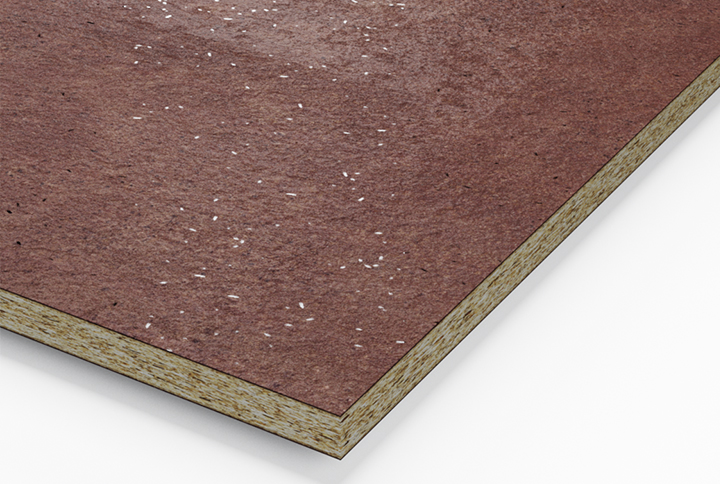Splash panel P2
Worktop backsplash made of chipboard according to EN 312 It protects the space between the worktop and the top cabinets, protecting it from soiling and at the same time it is a perfect decorative accent. Available in two variants: with decorative laminate on both sides in the storage collection and with decorative laminate on one side in the production variant, where HPL is used on the back side is counteracting



Areas of application
-

Furniture construction & interior fitting
Product features
-

Direction-free application
-

Easy to use and machine
-

Easy care
-

Suitable for contact with food
-

Variety of decors and textures
FORMATS
| Length (mm) | Width (mm) | Thickness (mm) | Textures |
|---|---|---|---|
| 4100 | 600 | 11 | BR | FG | HS | MN | MO | MP | MS | NY | RT | SC | SD | TC | VV | XM | QR |
Brochures & Certificates
decors
Product processing
- Tooling with carbide blades on standard woodworking machines. Edge treatment
- Protect the cut edges from moisture. Installation and assembly
- Before machining and assembly, appropriate conditioning is required. In the rooms themselves, conditions corresponding to those of subsequent use must be provided.
- Always ensure that the correct machining and installation is carried out according to the state of the art.
- On flat, full-surface primers (e.g. pallets), in dry, well-ventilated, moisture-protected rooms. Outdoor warehouses and so-called shelters are not suitable for this purpose.
- It should be remembered that improper storage, regardless of its duration, may cause irreversible warping of the boards.
- Foreign bodies and frictional contaminants in the panel stack can cause dents and surface damage.
- Do not push the boards together or overlap them; lift them individually, by hand or with suction cups.
- Use the appropriate personal protective equipment (PPE) required for each job. Cleaning and maintenance
- It is recommended to dispose of material or energy.
Treatment
Storage, treatment and transport
Health and safety and health protection
The surface can be cleaned with water and mild cleaning agents. When removing stubborn dirt, follow the instructions in the "Cleaning of HPL surfaces" technical manual (www.icdli.org). Disposal
Watch video